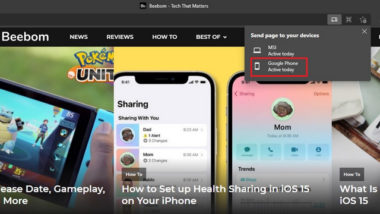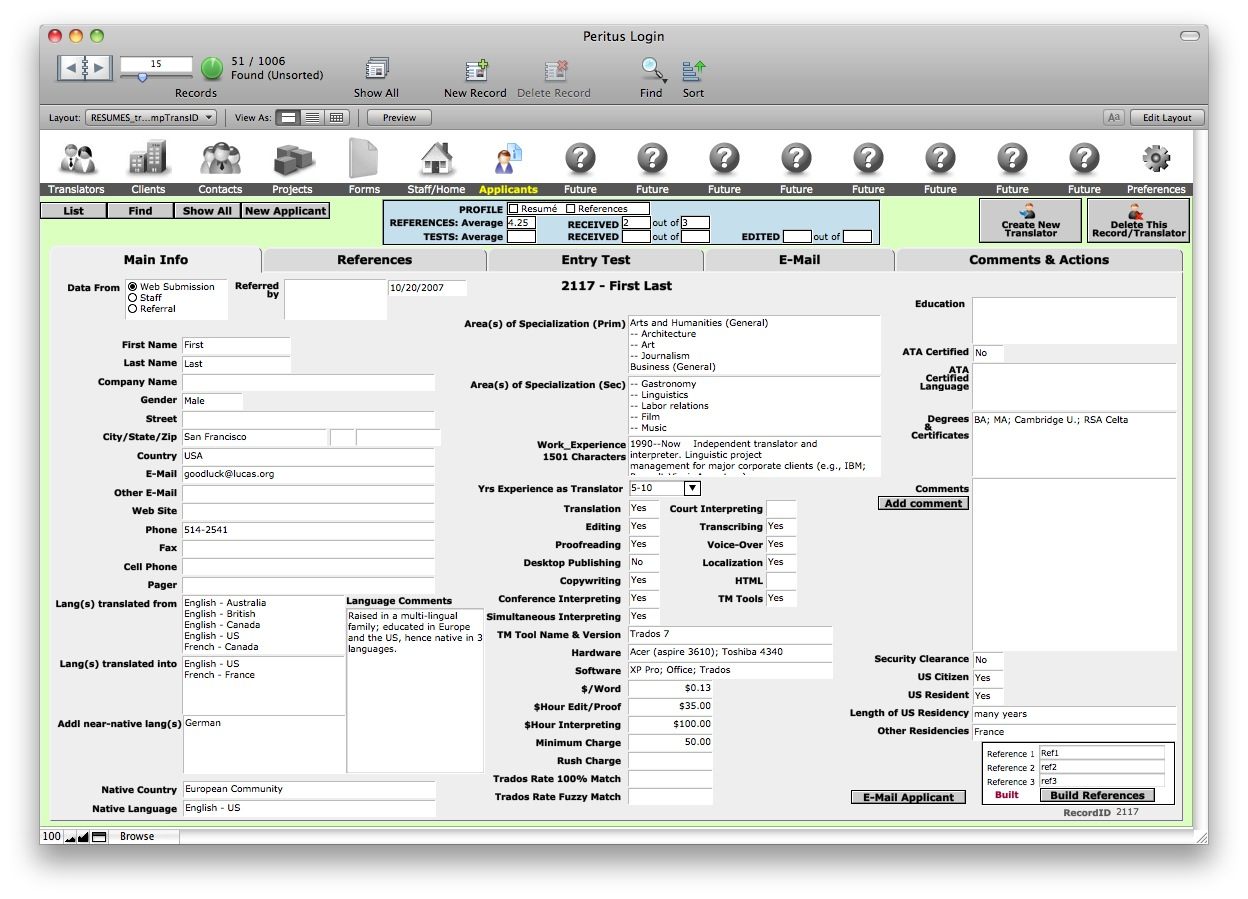

- #EDGEROUTER SHOW MAC ADDRESS TABLE SERIAL#
- #EDGEROUTER SHOW MAC ADDRESS TABLE UPDATE#
- #EDGEROUTER SHOW MAC ADDRESS TABLE SOFTWARE UPGRADE#
- #EDGEROUTER SHOW MAC ADDRESS TABLE SERIES#
set service dhcp-server use-dnsmasq enableĪt this point (you may need a reboot), you should be able to ping your devices by hostname (as configured in the static-mapping section, above). Next, you need to set a local domain name, as shown below. Set service dns forwarding name-server 107.170.95.180 Set service dns forwarding name-server 50.116.40.226 Set service dns forwarding cache-size 400 Set service dns forwarding listen-on eth1 Set service dhcp-server shared-network-name LAN subnet 10.10.2.1/24 dns-server 10.10.2.1 This setup is described in my initial setup, and also shown below. You should also set the nameserver to the localhost (so dnsmasq is used first), then forward queries to external DNS servers. Currently use-dnsmasq only handles “configuration”, and status reporting (including show commands in the CLI and the leases display in the Web UI for example) is not supported yet.įor dnsmasq to be setup properly, you need to have DNS setup to listen on certain interfaces, otherwise it will listen on all interfaces.If a client with a static-mapping entry sends a DHCP request with a different client-name, that client-name will be ignored. When use-dnsmasq is enabled, the entries configured under “static-mapping” will be translated to statically assigned A records in dnsmasq (using the dnsmasq host-record directive).When use-dnsmasq is enabled, the “authoritative” setting is not “per-shared-network”, i.e., “authoritative” will be enabled if it is set under any shared-network.If “free-form” parameters for dnsmasq are needed, they can be entered under DNS forwarding config, e.g., “set service dns forwarding options …”.Since some of the existing DHCP server config settings are specific to the ISC DHCP implementation (e.g., the failover settings, the “free-form” parameters settings), those will be ignored when use-dnsmasq is enabled.When use-dnsmasq is enabled, DHCP server will serve the “listen-on” interfaces configured under “service dns forwarding”, or all interfaces if that is not configured.One of the advantages of using dnsmasq is that, if DNS forwarding is also configured, the “name resolution for local hosts” function is integrated, and the “hostfile-update” setting for the ISC DHCP implementation is not needed (it is ignored when use-dnsmasq is enabled).

The caveats of dnsmasq (in Ubiquiti’s current implementation) are outlined below. I’ve used it on OpenWrt, DD-WRT, and Linux, so I prefer it. set service dhcp-server hostfile-update enable However, that’s a lot of adding/subtracting from the hosts file, and there have been reports that expired leases aren’t deleted from the hosts file.
#EDGEROUTER SHOW MAC ADDRESS TABLE UPDATE#
If you want to use ISC, but don’t want to set the static-host-mapping entry for each device, you can set the /etc/hosts file to automatically update with DNS entries. Set system static-host-mapping host-name device1. set system static-host-mapping host-name device1. Because of this, you’ll need to add each device to DNS (if you’re using ISC). However, ISC does not add the above entries to DNS (which dnsmasq does). Set service dhcp-server shared-network-name LAN subnet 10.10.2.1/24 static-mapping device1 mac-address 'XX:XX:XX:XX:XX:XX' set service dhcp-server shared-network-name LAN subnet 10.10.2.1/24 static-mapping device1 ip-address 10.10.2.32

With both ISC and dnsmasq, you would need to specify a static lease for each device. With dnsmasq, when you give a specific host a static lease, the host will be added to DNS, by name, automatically. Based on a script by the forum user final, the dnsmasq script has been incorporated into v.1.9.0, but only at the command-line, no GUI usage is setup yet.
#EDGEROUTER SHOW MAC ADDRESS TABLE SOFTWARE UPGRADE#
However, with the release of the v1.9.0 EdgeMax software (you can use my software upgrade guide), Ubiquiti offers the use of dnsmasq. This topic has been addressed a few times before ( here, here, here, here, and here). Because of this, DHCP names/leases are not automatically added to DNS. My main issue is that the DHCP server does not integrate with the DNS server. One of my only complaints about the EdgeRouter Lite is the usage of the Internet Systems Consortium (ISC) DHCP server. Ubiquiti UniFi controller setup on Raspberry Pi 3
#EDGEROUTER SHOW MAC ADDRESS TABLE SERIAL#
Ubiquiti EdgeRouter serial console settings Migrating away from the Ubiquiti EdgeRouter Lite
#EDGEROUTER SHOW MAC ADDRESS TABLE SERIES#
Hey! Listen! This post is part of a series on the Ubiquiti EdgeRouter Lite.


 0 kommentar(er)
0 kommentar(er)
